Posted on May 26, 2014 08:52:14 PM
So much idle land, so much rural poverty
9 1 Google +0 1
 |
WHY IS THERE so much rural poverty in the Philippines compared to ASEAN countries?
The main reasons are low farm productivity and lack of diversification, among others. Limited farm surpluses means little investment in agro-manufacturing that creates stable non-farm jobs.
|
RELATED STORIES
 Map Insights — Jose Rene C. Gayo: “Forestry can be big business in the Philippines”
 Map Insights — Junie del Mundo: “Creating role models for ASEAN competitiveness”
 Map Insights — Rolando T. Dy: “Seafood and aquaculture exports”
 Map Insights — Rolando T. Dy: “A map of Philippine poverty (a second look)”
 Map Insights — Rolando T. Dy: “An analysis of agriculture competitiveness in ASEAN”
|
But there is more to this as I’ve found out as I criss-cross the Philippine countryside.
During the second week of April, I travelled literally north to south. I was in Ilocos Norte for two days to visit Piddig’s coffee nurseries. Later in the week, I flew to my home city, Davao, to visit saba banana farms.
In the past, I travelled to Eastern Samar, passing through Basey, Balangiga, Quinapondan, Salcedo, and Guiuan. I have travelled the Davao-General Santos road many times; and once from Bacolod City to Candoni, Negros Occidental; Marawi to Masiu, Lanao del Sur; Cotabato City to South Upi, Sharif Aguak, Maguindanao; Cabanatuan to Baler, Aurora; and Siocon to Sirawai, Zamboanga-Sibugay; and Palawan.
Many of these places are unknown to many policy makers in Manila. Most of these areas are characterized by high poverty. Not known to many are the large areas of idle farmland: open land and land under the coconut trees. Given that land is under a form of stewardship, it is disheartening that there is so much hunger in the land of plenty (idle farm land).
There are at least 10 million hectares of farmland with some five million farms of two hectares each. From coconut lands alone, some 2 million out of 3.5 million hectares can be intercropped. There are also large areas of pasture leases, fishpond leases and community-based forest management, and certificates of ancestral domain land that are idle.
From my perspective, the large areas of idle farmland have contributed to low agriculture output, low agri-food export and high rural underemployment.
The farmland is idle is idle due to many causes. They are: migration to cities, migration as OFWs, land speculation, lack of investments, and more. Some lands are practically abandoned by absentee owners.
In my limited surveys, land taxes are very low, ranging from P200 per hectare per year to P500 per hectare per year. No wonder many landowners can afford to leave their land idle while waiting for land values to appreciate.
What must be done? Drastic actions such as:
First, agricultural land taxes must be increased. Today, the agriculture land tax is about P200 to P500 per hectare per year, if ever collected.
Here is the strategy: If landowners fail to pay for two years, their lands can be confiscated, consolidated and offered to investors and for the landless farm workers to develop. In the process, local government units (LGUs) will earn higher income, and the investments will create jobs.
Some development experts doubt whether LGUs can pass laws raising land taxes when most of the LGU officials are the biggest landowners. It is better to have a national legislation penalizing ownership of idle and abandoned lands. Some suggest to use it as a measure to placate advocates of extending the implementation of agrarian reform program.
Second, terminate unutilized pasture land and fishpond leases and bid these out to investors.
Is the Department of Environment and Natural Resources monitoring the use of pasture leases? And the same for fishpond leases?
Third, reform of land titling-related agencies should be undertaken because land ownership uncertainty is one of the causes of why those who have resources are not investing in their lands to make them productive.
Originally posted at http://www.bworldonline.com/content.php?section=Opinion&title=So-much-idle-land,-so-much-rural-poverty&id=88010
